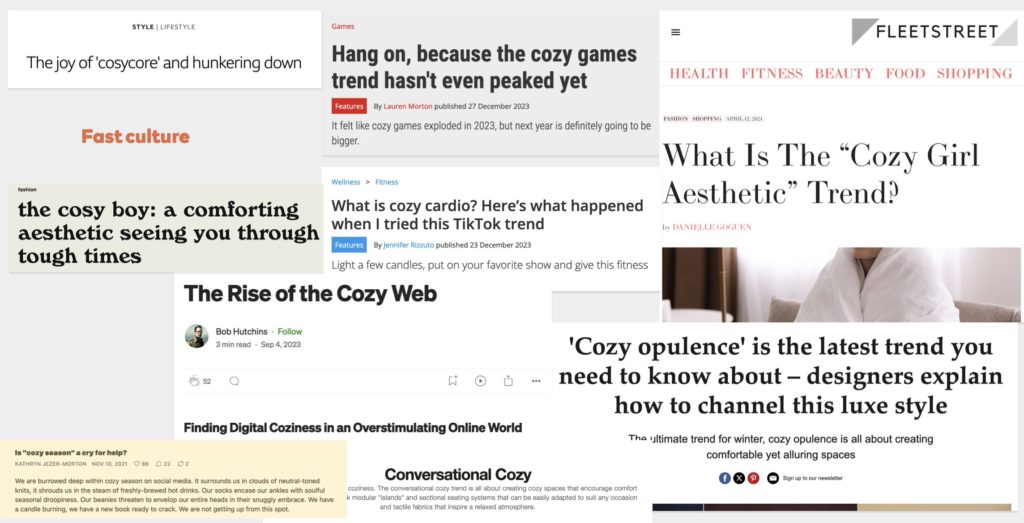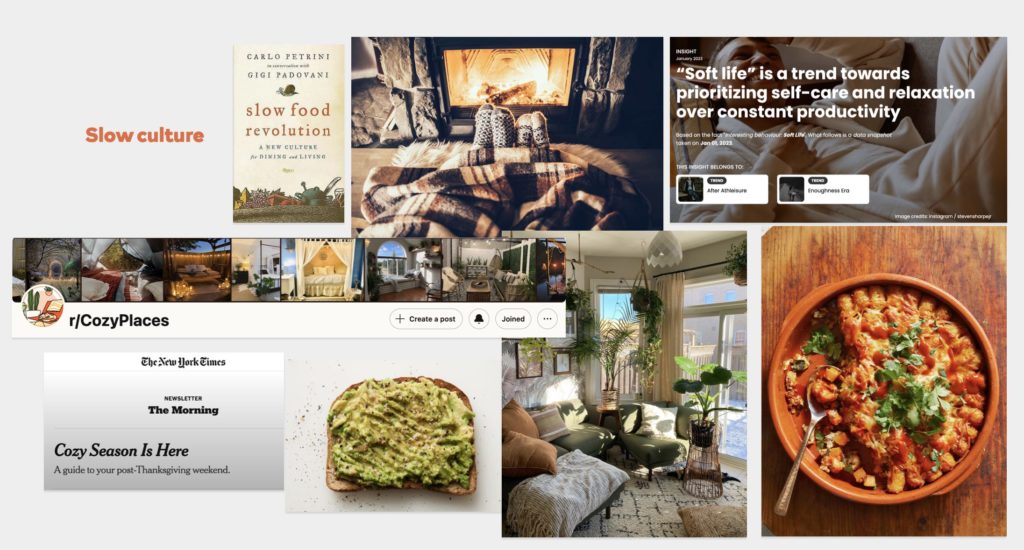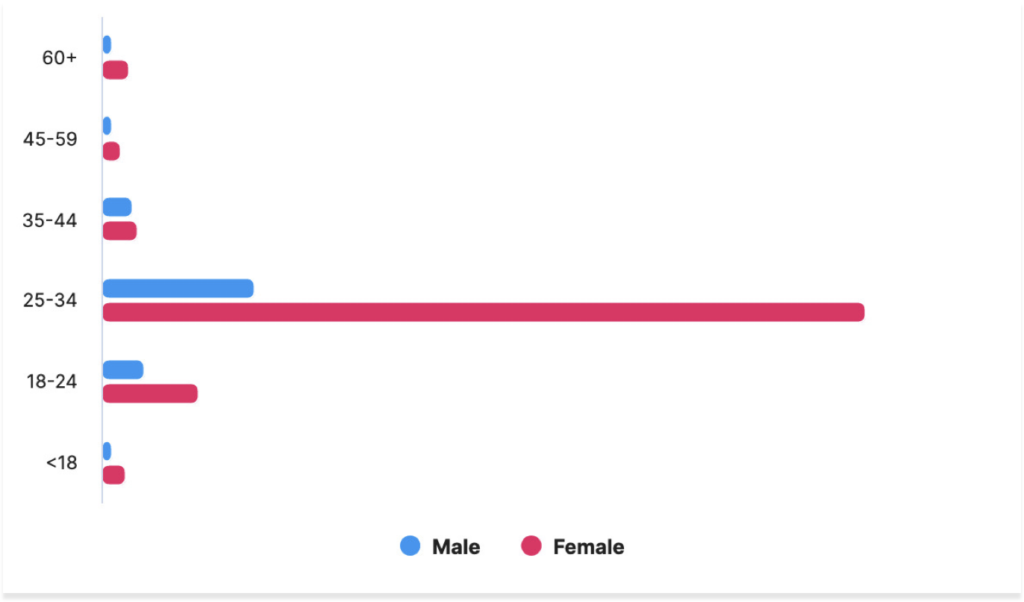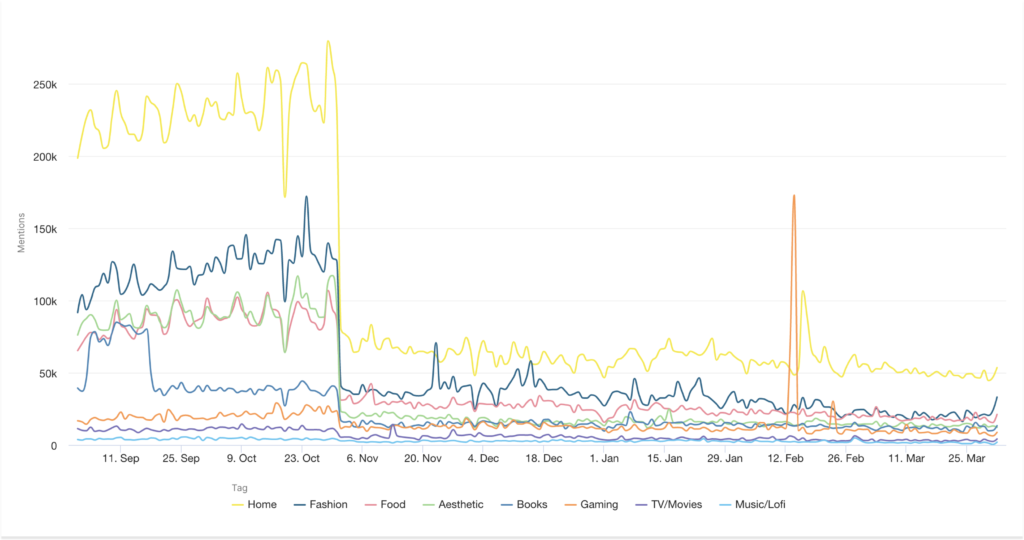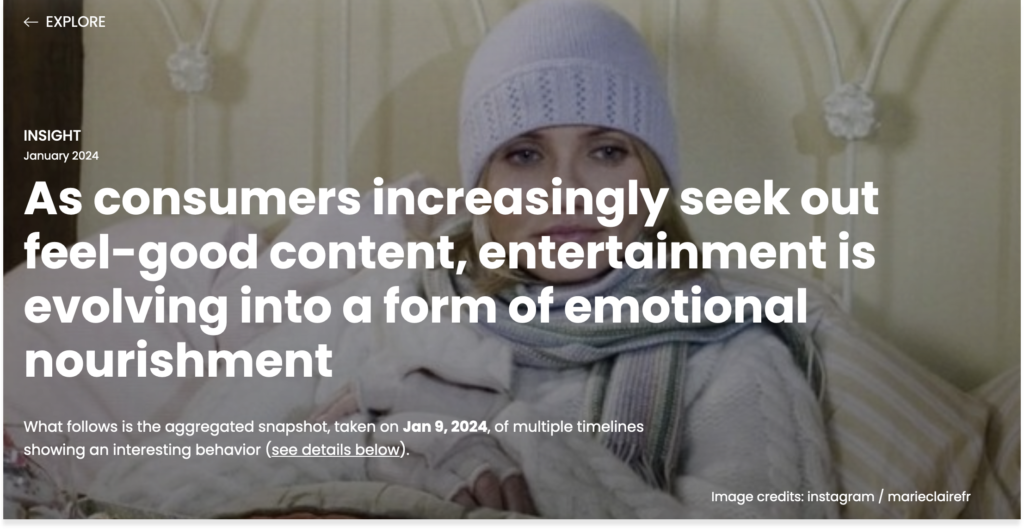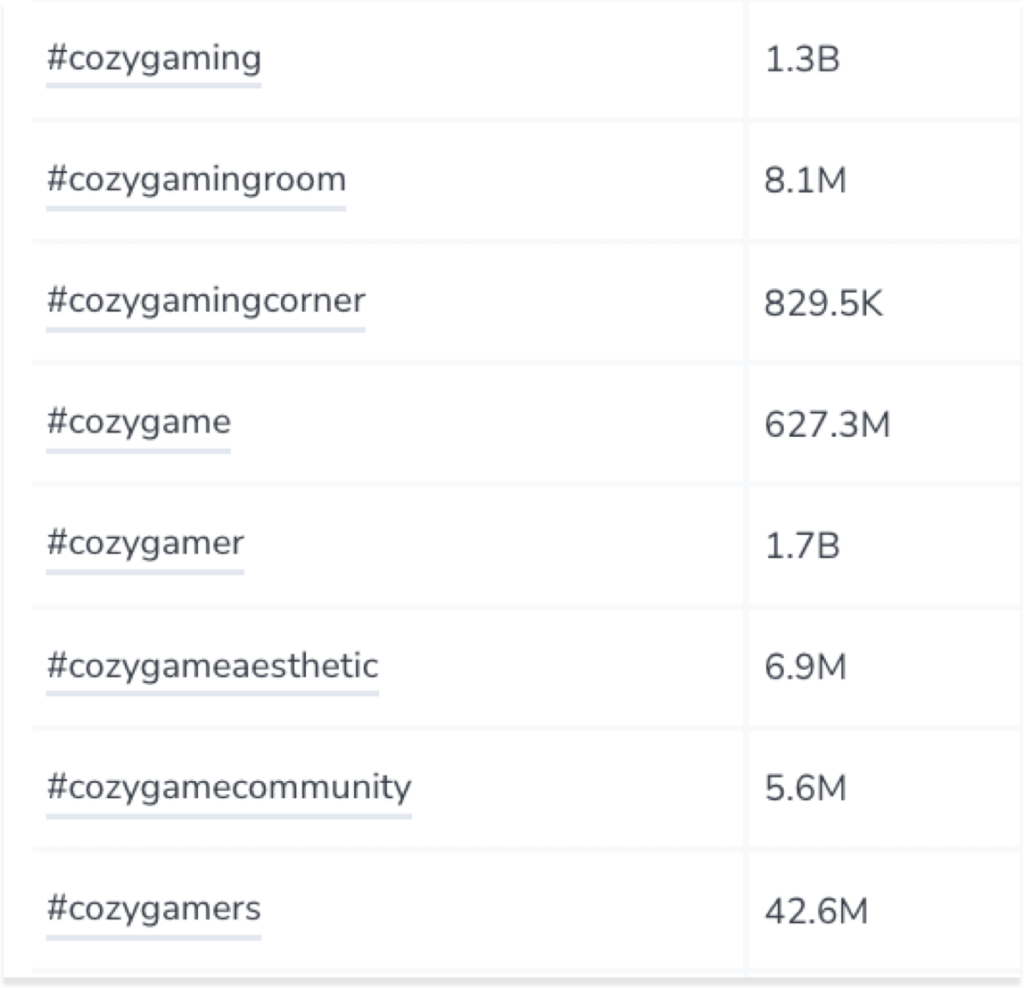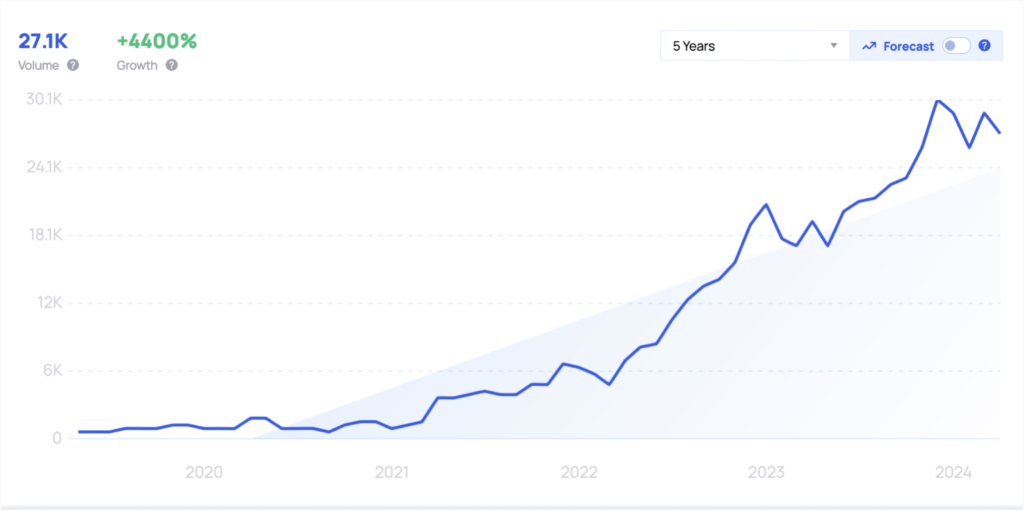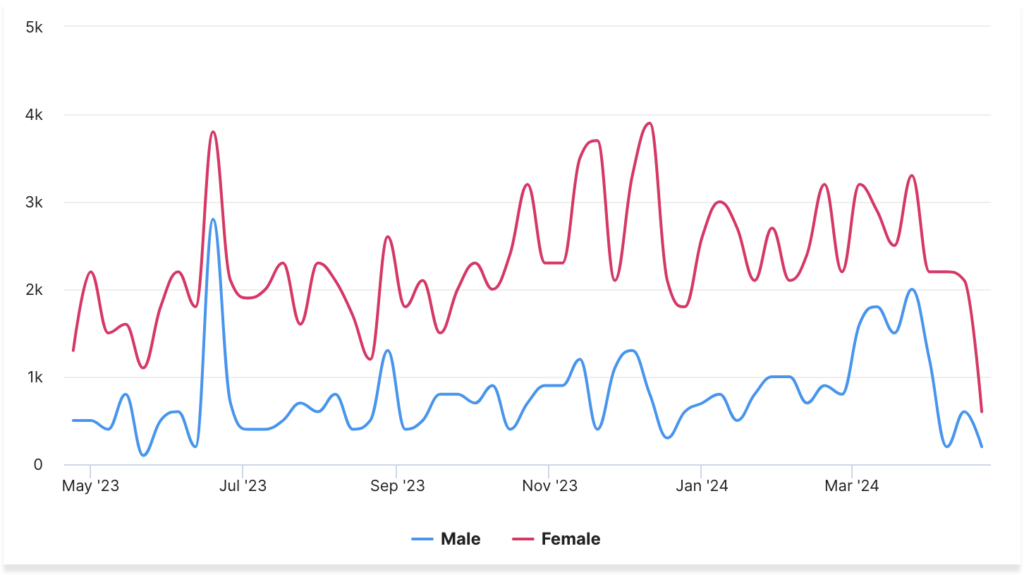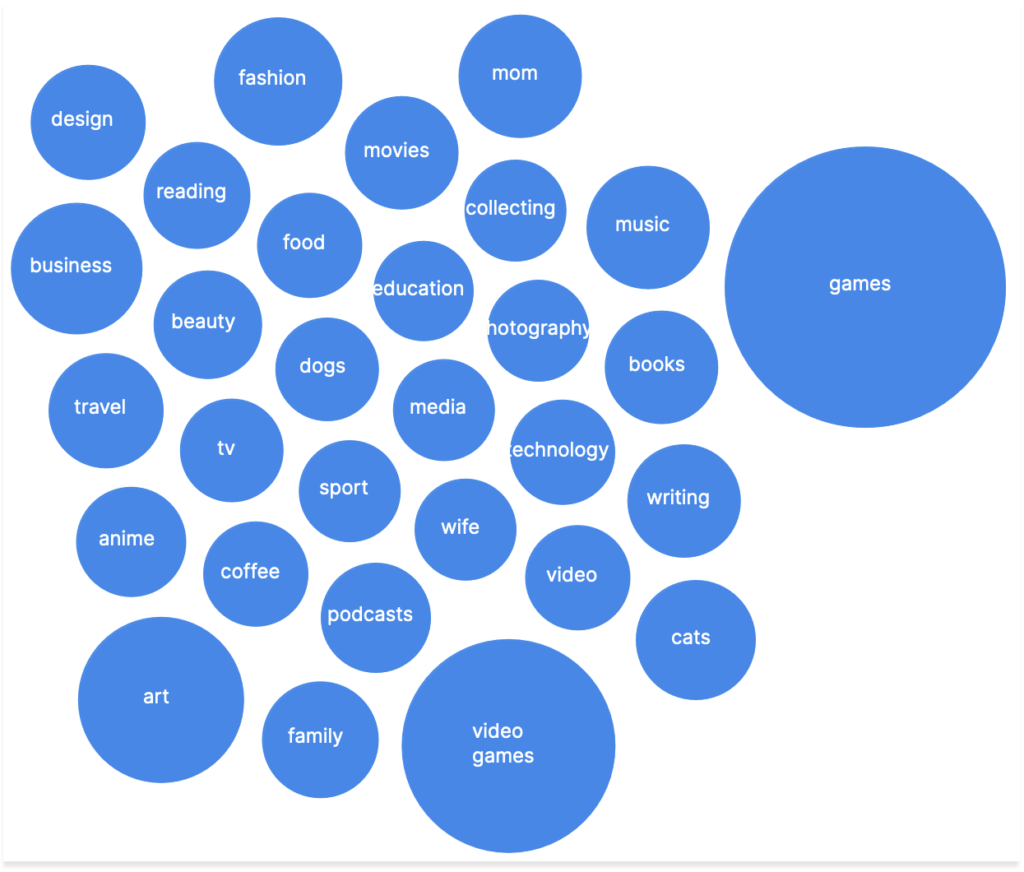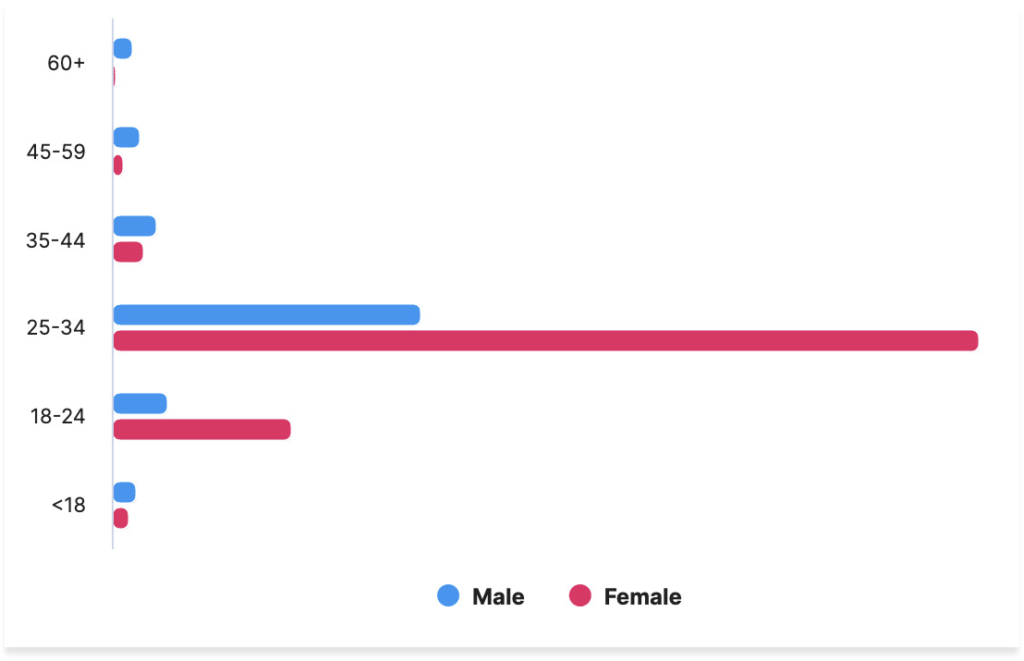Social listening is no longer a niche idea or a nice-to-have. It is fast becoming vital for your social media team and multiple other business departments. It is imperative if you want to avoid getting left behind and missing out on opportunities.
If you are new to social listening and don’t know where to start, don’t worry. In this post, I’ll share the best tools to help you run a social listening project in 2024.
You can trust me—I’ve been using social listening tools for well over a decade!
What is Social Listening?
Social listening means listening to what users say on social media and then analysing the data to generate insights. There are two ways to go about social listening. One is manually, where you gather the data yourself, add it to a spreadsheet, and then analyse the data from there. This requires quite a time commitment and some expertise.
The more common way is to use a social listening tool. These are easier than you might think, and you don’t need to be able to write code to get going.
To get started, you’ll decide what you want to listen to and then create a boolean query (a line of text that specifies exactly what you want to search for).
The tool will then collect this data; from there, it’s up to you to clean, analyse and find the insights you’re looking for.
These insights can be used across multiple business areas, including, but not limited to, Social Media Strategy, Content Strategy, Audience Analysis, Research and development, Brand Monitoring, cultural trends, Campaign Planning, Identifying Whitespaces, and many more.
How do you choose a social listening tool?
Deciding on a social listening tool can be a big decision, as many options available are costly and require year-long contracts. So, you want to know what you want before making a choice.
Here are some vital things to consider.
Where do you want to listen?
Different social media listening tools are better suited to different platforms. Some social listening tools are specific to particular social platforms. Understanding the most important platforms for your project is important when defining the right tool for you.
Who will be using the tool, how many people, and what are their skill levels?
Social listening can be incredibly complex, involving crafting long, boolean strings and manual data deep dives, or it can be as simple as adding keywords to a search bar and using AI to give you the key themes.
Getting clear about who will be using the tool, how many seats you’ll need, and how experienced your social listener is will help guide your decision.
Is it just for social listening, or do you want it to do social media management as well?
These days, many social media management tools feature a social listening component. Will your owned social media be managed by the same team that is responsible for your social listening? If so, maybe an all-in-one tool is the best solution for you.
What is your budget?
There are budget social listening tools, enterprise-level social listening tools and everything in between. Knowing what you can afford to spend will narrow your decision-making process and stop you from wasting time.
What do you want to understand?
Do you even need a traditional social listening tool? Maybe a social trend identification tool or an audience analysis tool, both of which use social listening to power their insights, will be more beneficial. Decide what is most important for you to discover and add this to your list.
The Best Social Listening Tools in 2024
This section will guide you through some of the best social listening tools available in 2024. They are grouped by budget, and there’s a special section at the end for the less traditional tools, too. You’ll notice that there are more tools in the Enterprise section. This is because social listening is, by nature, quite costly, and the software solutions unfortunately reflect this.
Budget:
Mention. Mention is a great all-round social listening tool at a good price. It allows you to track all social platforms, including TikTok. It’s really easy to set up, and you can start by initially just tracking hashtags. One thing to note is that the smaller plans don’t allow you to track very many mentions. So, if you have a limited budget, you should look at the smaller hashtags you’ve identified.
Brand 24. Brand 24 is a social media analytics platform where you can also do some social listening, through hashtag tracking and analysis. It also uses AI for sentiment analysis, among other things. It’s a really good versatile solution for those getting started with social listening. It starts at just $79 per month for individuals and is a cost-effective solution for SMEs.
Mid Range:
Exolyt. Exolyt is designed specifically for TikTok and is a great quality tool with accounts starting at a very reasonable price. With Exolyt, you can track hashtags, compare SOV, understand the sentiment and much more. There are also options to understand trending hashtags, sounds and influencers on the platform. You can also track and compare TikTok accounts and identify influencers. This is a great tool if you’re looking for a TikTok-specific solution.
YouScan. YouScan is also an enterprise platform but has an impressively affordable small business option. It is another social listening tool that allows you to monitor multiple platforms, including all social media, multiple forums, review sites, and more.
The insights are fantastic and feature some world-class visual/logo analysis alongside influencer analysis, audience interests, and the ability to create dashboards and tag posts so you can analyse your data more thoroughly.
YouScan appeals to social listening newbies and pros alike. It is a top-quality all-rounder, and the smaller business plan is brilliant value for money.
Enterprise.
ViralMoment. ViralMoment is a TikTok-specific enterprise solution. It allows you to do super deep-level analysis of almost anything that you want on TikTok. You can track audio and visuals in TikTok, learn what’s trending in your industry, benchmark yourself against competitors, and more.
BrandWatch. Brandwatch is one of the biggest and best-known social media listening tools, and rightly so. It’s been around since 2007. It’s a top tool that allows you to deep dive into whatever you want across social media. Brandwatch acquired Falcon.io and now offers a hybrid social media management and social listening platform. It has a whole slew of capabilities including AI trend analysis and content calendar collaboration. Definitely a good one for the larger teams out there!
SproutSocial. SproutSocial is, first and foremost, a social media management platform, but it has a social listening module that integrates seamlessly into the rest of the tool. One of the best things about SproutSocial is that you can plug so many different services into it, so you get a holistic view of your brand on social media. Sprout also has built-in templates to set up social listening quickly and easily. Sprout is recommended for social media management teams who want to add in some social listening instead of for social listening first teams.
Social Listening Tools with a Difference:
Next Atlas: Generate. Next Atlas is a trends platform powered by social listening data. It’s a great insights tool for futures teams. They also offer a really competitively priced option. Next Atlas: Generate, in their own words “Generate uses advanced natural language processing and machine learning algorithms to analyse vast amounts of data and predict future trends in a wide range of industries and markets.” Although this isn’t straight social listening, it’s a useful add-on for your social listening team and helps to future proof your social strategy.
Audiense: Audiense describes itself as an audience intelligence tool. Leveraging audience data from various social media platforms, Audiense is an incredibly powerful audience analysis tool. You can build a social audience from owned or competitor followers or simply people who have talked about your keywords over the last month. The genius comes with the ability to cluster that audience into interest groups, deep dive into who they are, what they’re doing online, where they are doing it, and even overlay behavioural science analysis across the clusters. Audiense also integrates with various social listening tools (including Pulsar), allowing you to cluster and analyse the audience you’ve listened to during your search.
SparkToro. Set up by Rand Fishkin of Moz fame, Sparktoro is a pretty new social listening tool. It was originally set up as a social audience analysis tool and is based on Twitter data. Since X has shifted focus, Sparktoro have released a beta of Version 2, which allows you to search for an audience who use certain keywords, visit individual websites, or use specific words in their social bios. The audience insights are great, you can see what Subreddits and podcasts your audience is interested in. There are three different levels of access, each with more advanced features. Sparktoro has almost no learning curve and is cost-effective for teams of all sizes. It’s definitely one of our favourites.
Benefits of social media listening tools
Now you know what to look for and some of the best tools available for every budget. But what is the benefit of using social listening tools in the first place?
Social listening tools make it much easier to collect relevant data, collate data from multiple sources, and ultimately analyse and compare that information.
Whether you’re interested in brand monitoring, determining what your competitors are doing, understanding a specific category, or analysing a social audience, you will need a social listening tool to do it well.
Tips To Get The Most Out Of Social Listening Tools
There’s no one-size-fits-all approach to all social listening tools, but there are some broader principles that we can use to make sure we’re getting the best results possible from our listening projects.
- Be clear about your objectives—Before you set up any search, you’ve got to be crystal clear on what you want to learn and what you want to do with the information you uncover. This will help you with step two.
- Spend time doing your desk research. This isn’t something people talk about enough. Researching what you’re going to be listening to will make your search much better. Tip! Use desk research to ensure you’re using the same language as the audience you want to listen to so you’re picking up all your relevant mentions.
- Make your search as good as possible – Now that you’ve done the research, and you’ve got a good idea of the platforms and search terms that you want to listen to, create your search and refine it, and then refine it again. The more precise your search, the better the results, and the less time you’ll have to spend cleaning the data. Tip! Always look out for any K-pop crossover in your keywords. K-pop stans get everywhere and they’re very vocal on social. One K-pop keyword can wreck your search!
- Clean that data – Once you’ve got your data set back, you need to manually go through your mentions and check that they are relevant to your search and delete/tag any that you’re not sure about. If you find a specific irrelevant theme keeps coming up, search for that keyword and delete the mentions en masse.
- Dashboards are your best friend – Social listening tools allow you to create charts from your data. This is where the social listening magic happens. Building dashboards helps you understand things like how your audience and conversion differ from platform to platform, when your key moments of the year are, and so much more. Tip! Duplicating charts for different platforms and territories makes it super easy to compare and contrast the data.
- Find the stories – Now you’ve got your dashboards and have an idea about some of your insights, what story are they telling? Being able to craft a narrative around your social listening data makes it easier to get other people to understand and value your work.
- Share the insights – Finally, the most important part, now you’ve got your dashboards and figured out your narrative, it’s time to share the results with the teams that matter. Share your results far and wide, social data can be valuable to teams other than social media and content.
Conclusion
In 2024, brands and businesses can’t afford not to use social listening to understand their audiences, customers, pain points, key moments, and more. Social listening can be used across many different business areas and isn’t limited to just being useful to the marketing team.
Before you decide which social listening tool to use, get clear on your goals and objectives and do your research. There are loads of great tools out there!
When using your listening tool, ensure you’re doing your desk research and cleaning your data properly before you look for your insights. Most importantly, make sure that you’re communicating your findings effectively with the right people in your organisation.


